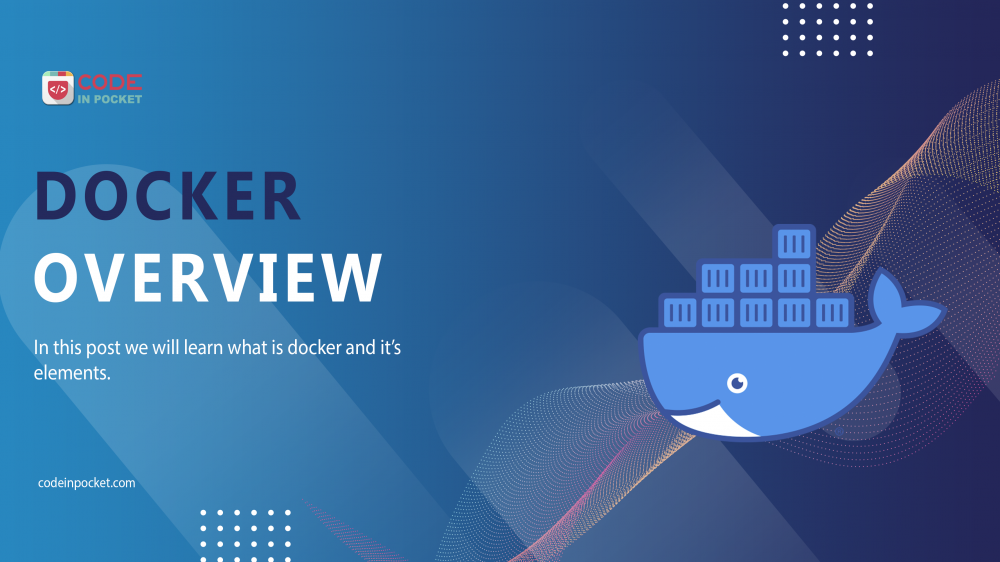Docker is a software platform for fast developing, testing, and deploying applications. Docker allows you to decouple your apps from your infrastructure, allowing you to quickly deploy software. You can manage your infrastructure the same way you control your applications with Docker.
Docker use OS-level virtualization to deliver software in packages called containers. It includes all of the libraries, system tools, code, and runtime that the software requires to run.
The software that hosts the containers is called Docker Engine.
Components
1. Docker daemon : The Docker daemon called dockerd, handles Docker objects such as images, containers, networks, and volumes by listening for Docker API requests. To manage Docker services, a daemon can communicate with other daemons.
2. Docker objects : Docker objects are the different elements that define a Docker application. Docker objects are divided into three categories: images, containers, and services.
Docker container is an encapsulated, standardised environment for running applications. The Docker API or CLI are used to manage containers.
Docker image is a container-building template that is read-only. Applications are stored and shipped using images.
Docker service allows containers to be scaled across multiple Docker daemons. The result is known as a swarm, a set of cooperating daemons that communicate through the Docker API.
3. Docker registries : Docker images are stored in a Docker registry. Docker Hub is a public registry that anybody may use, and Docker is set up by default to look for images on it. You can even manage your own register.
Tools
1. Docker Compose is a tool that allows you to create and operate multi-container Docker applications. It configures the application’s services using YAML files and executes the creation and start-up of all containers with a single command. Users can use the docker-compose CLI to run commands on several containers at once.
2. Docker Swarm converts a set of Docker engines into a single virtual Docker engine, providing native clustering features for Docker containers.
3. Docker Volume enables data persistence independent of the container, allowing data to survive even if the container is deleted or recreated.
That is it for today, hope it helps. If you have any suggestion for this article please make a comment in comment section below.
—
If you like this article, you can buy me a coffee. Thanks!

Hey just wanted to give you a quick heads up. The words in your content seem to be running off the screen in Chrome. I’m not sure if this is a format issue or something to do with internet browser compatibility but I thought I’d post to let you know. The layout look great though! Hope you get the issue resolved soon. Thanks
Thanks gralion for your suggestion we will defiantly work on that.